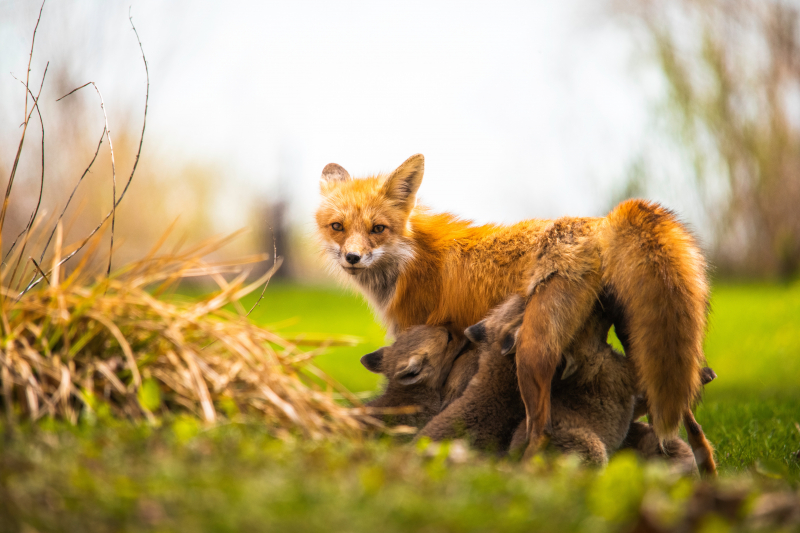Kit Fox
In the realm of common animals that start with the letter "K," the Kit Fox (Vulpes macrotis) emerges as a resilient and adaptive species, thriving in the arid landscapes of North America. Renowned for its diminutive size, distinctive appearance, and survival skills in harsh desert environments, the Kit Fox is a testament to the tenacity of wildlife in challenging habitats.
The Kit Fox is a small member of the canid family, characterized by a slender build, large ears, and a bushy tail. Its fur coloration ranges from yellowish-gray to pale buff, often with a cream-colored underbelly. The fox's large ears serve multiple functions, aiding in heat dissipation and enhancing their acute sense of hearing, crucial for detecting prey and potential threats.
Kit Foxes are primarily found in arid regions of North America, including the southwestern United States and northern Mexico. They are well-adapted to a variety of desert habitats, from sandy dunes to shrublands and grasslands, showcasing their versatility in navigating diverse landscapes.
To cope with the extreme temperatures of their desert habitats, Kit Foxes are predominantly nocturnal. They emerge from their dens in the cooler evenings and nights to hunt for food, relying on their keen senses of sight and hearing to locate prey such as small mammals, insects, and birds.
Kit Foxes are skilled diggers, creating elaborate burrows in the sandy soils of their desert homes. These burrows provide essential shelter from the scorching heat during the day and protection from predators. Kit Foxes may also use abandoned burrows of other animals, showcasing their resourcefulness in adapting to their surroundings.
Kit Foxes exhibit monogamous mating pairs, with both parents contributing to the care and upbringing of their offspring. After a gestation period of around 50 days, the female gives birth to a litter of typically four to six pups. Family bonds play a crucial role in the survival of the young foxes, as they learn essential hunting and survival skills from their parents.
















